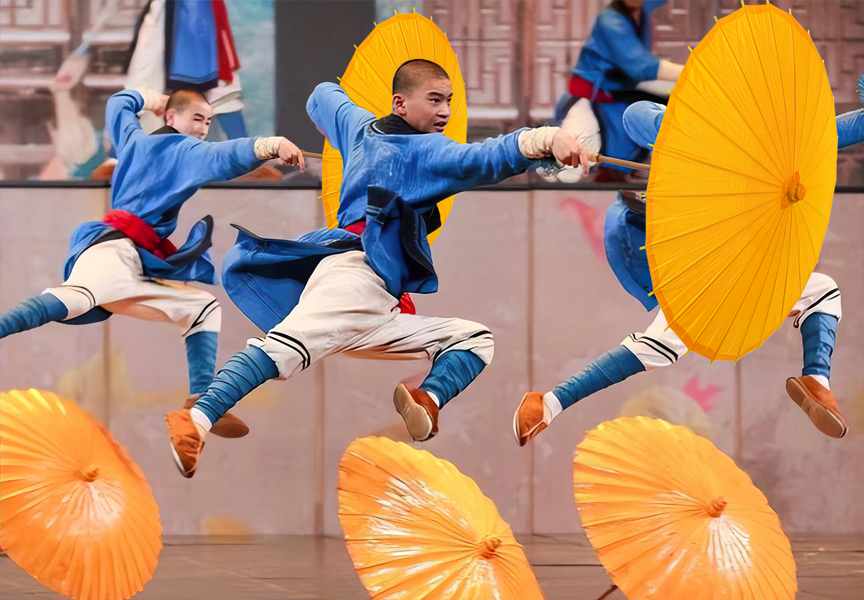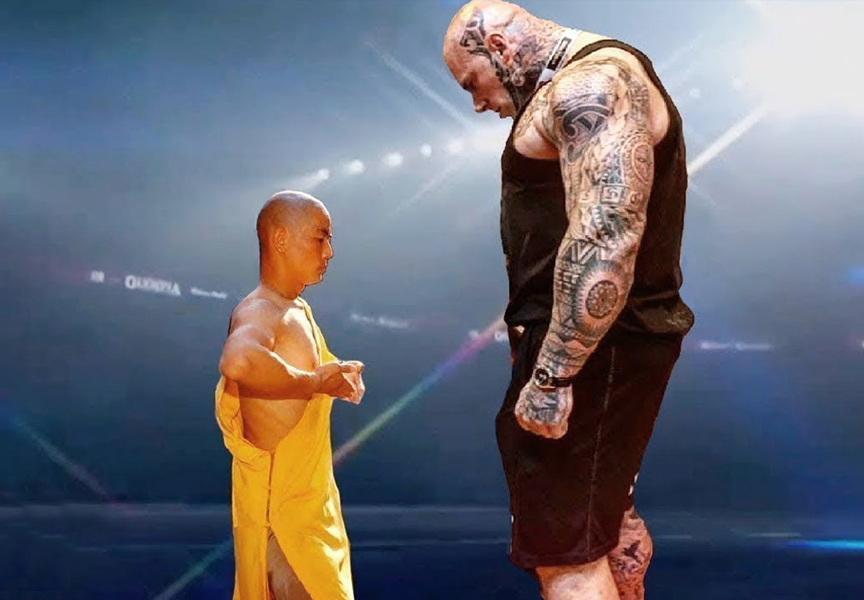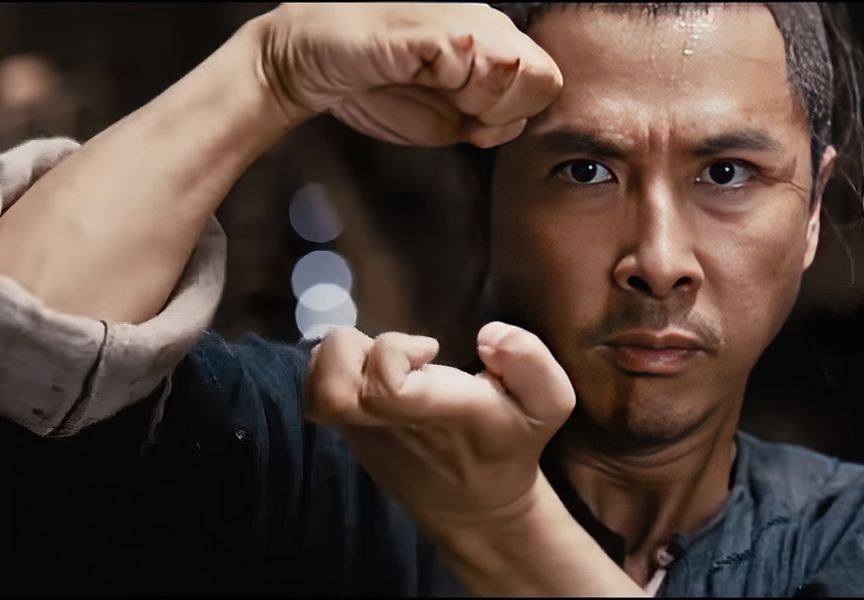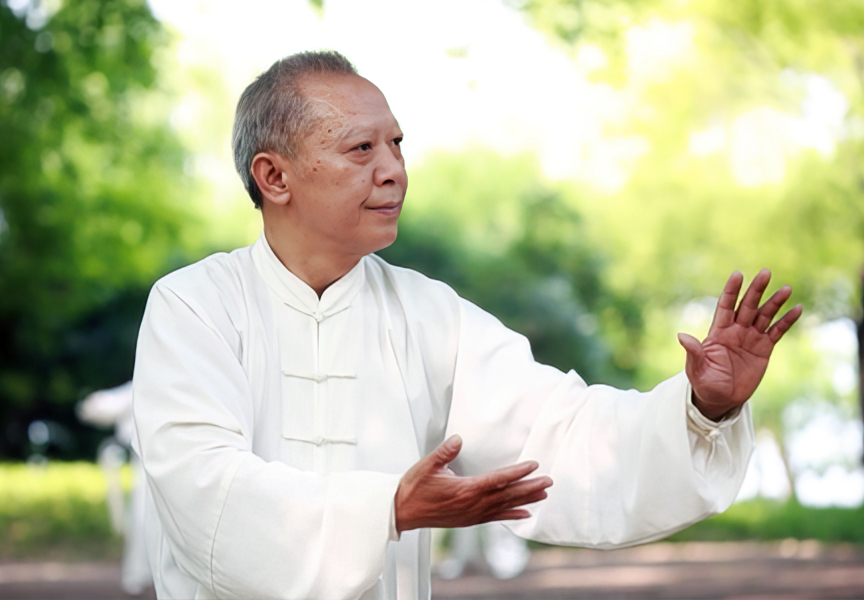Random Free Articles
- The Martial Arts Belt

Unraveling the Traditions in Martial Arts In the world of martial arts, the uniform is a symbol of discipline, respect, and tradition. Among the various elements that make up this distinctive attire, the belt holds a special significance, particularly in Japanese and Korean martial arts. However, the story takes a different turn when it comes to Chinese martial arts, where the traditional sash holds sway. Let's delve into the unique…
- The Unveiled Power of the Umbrella

A Weapon in Shaolin Kung Fu Monk Hands In the world of martial arts, where the convergence of tradition and innovation gives birth to unique fighting styles, one may be surprised to discover that even an everyday object like the umbrella - Yusan [Chin.: Yǔsǎn 雨伞] can be transformed into a formidable weapon. In the ancient practice of Shaolin Kung Fu, the umbrella, primarily associated with shielding against rain or sun, unveils a hidden…
- Qualities of a True Martial Arts Master

Martial arts is not just about physical prowess; it's a holistic discipline that encompasses mental, emotional, and spiritual growth. At the heart of every successful martial arts journey stands a master, a guiding light who possesses not only exceptional combat skills but also a myriad of qualities that inspire, teach, and transform their students. The qualities that define a true martial arts master go beyond technique and strength;…
- The Power of the Ginger Fist

A Unique Technique in Chinese Martial Arts In the vast world of martial arts, techniques abound, each with its own distinct characteristics and applications. One such technique that has captured the fascination of practitioners is the Ginger Fist [Chin.: Jiāng quán 姜拳], a hand shape that embodies precision, power, and versatility. Originating from various Chinese martial arts styles such as Pak Mei Kung Fu [Chin.: Báiméi quán…
- Mastering the Art of Silk Reeling Motion

A Journey of Discipline and Grace Silk reeling motion, often referred to as Chan Si Gong [Chin.: chánsī 缠丝功] or Chan Su Jin [Chin.: Chán sī gōng Chán Sī Jīn 纏絲劲] in Chinese martial arts, is a foundational practice that has been passed down through generations. This intricate and elegant movement is not just a physical exercise; it's a profound art that combines fluidity, power, and mindfulness. In this article, we will…
